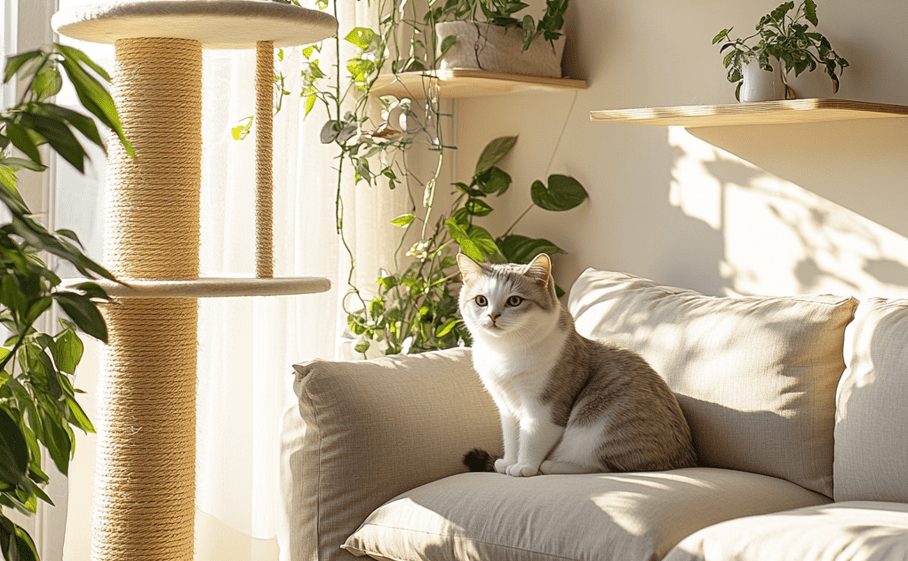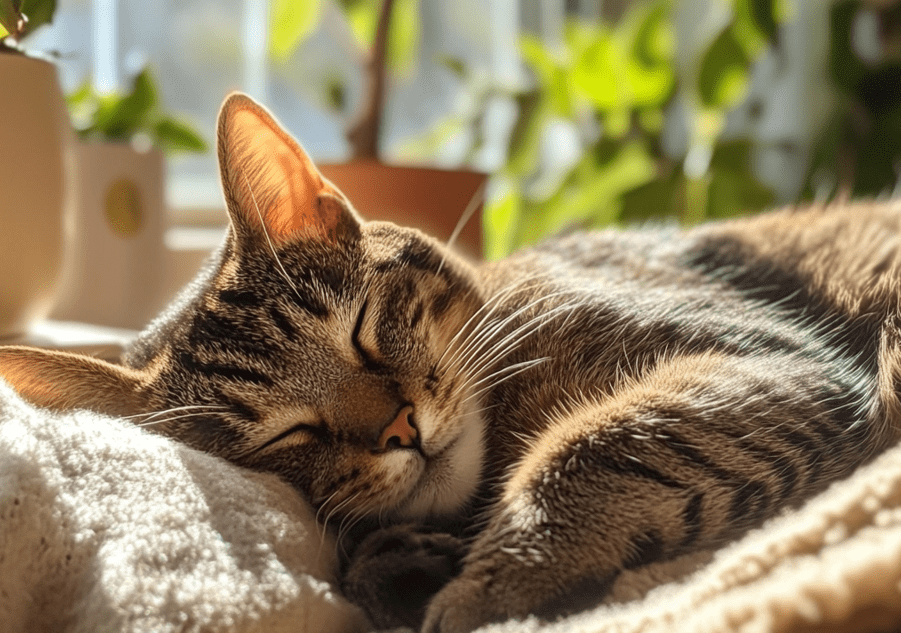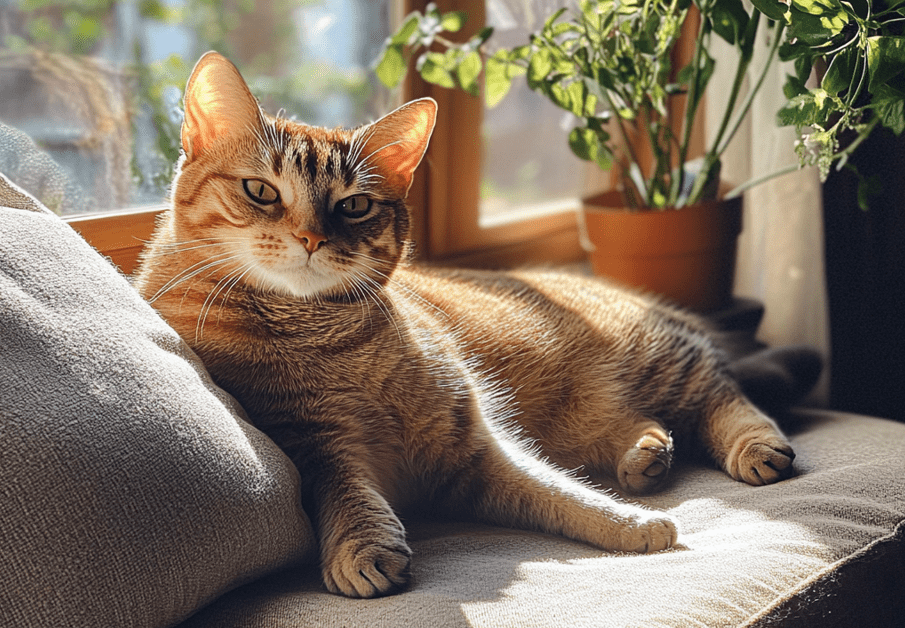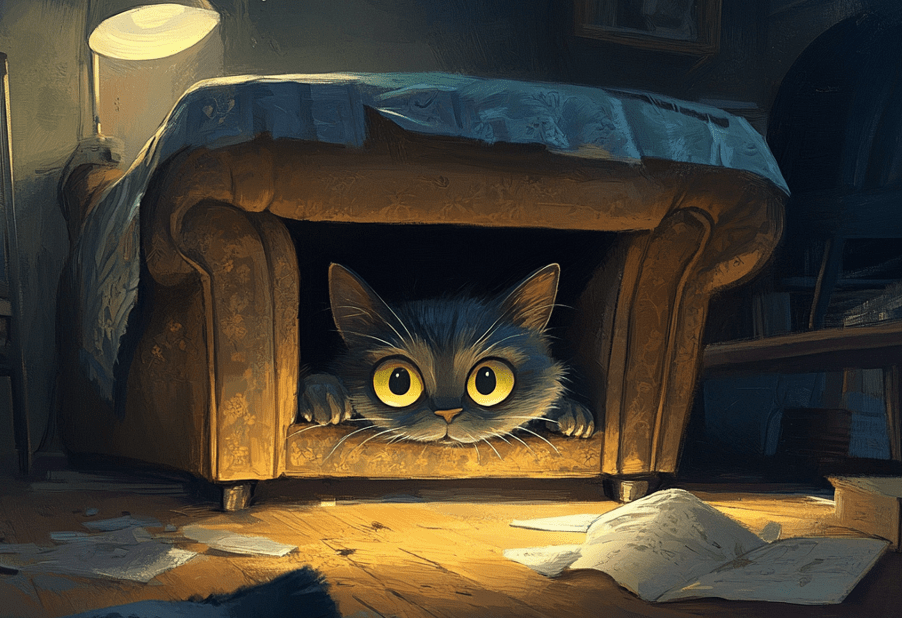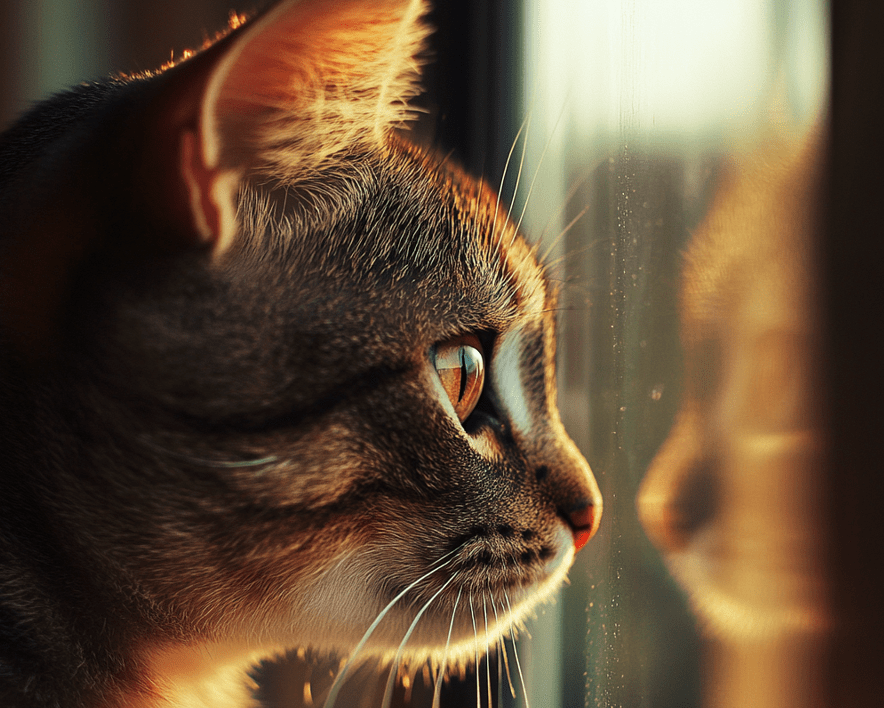
Cats are usually viewed as surrounding themselves with numerous independence, thus, they do not need intervention. But this stereotype fails to consider the importance of cat socialization of their emotional and physical welfare. Some of the most general concepts include socialization. It is the way of orienting cats in different environments, persons, animals with the purpose of their positive behavior and emotional stability. One of the significant factors that are vital when raising cats is socialization because it helps them be more ready to adapt to new environments and their interactions with people, so they reduce stress and raise the quality of the people’s cat relationship.
To watch the summary of this article, just watch this video-
What Is Socialization?
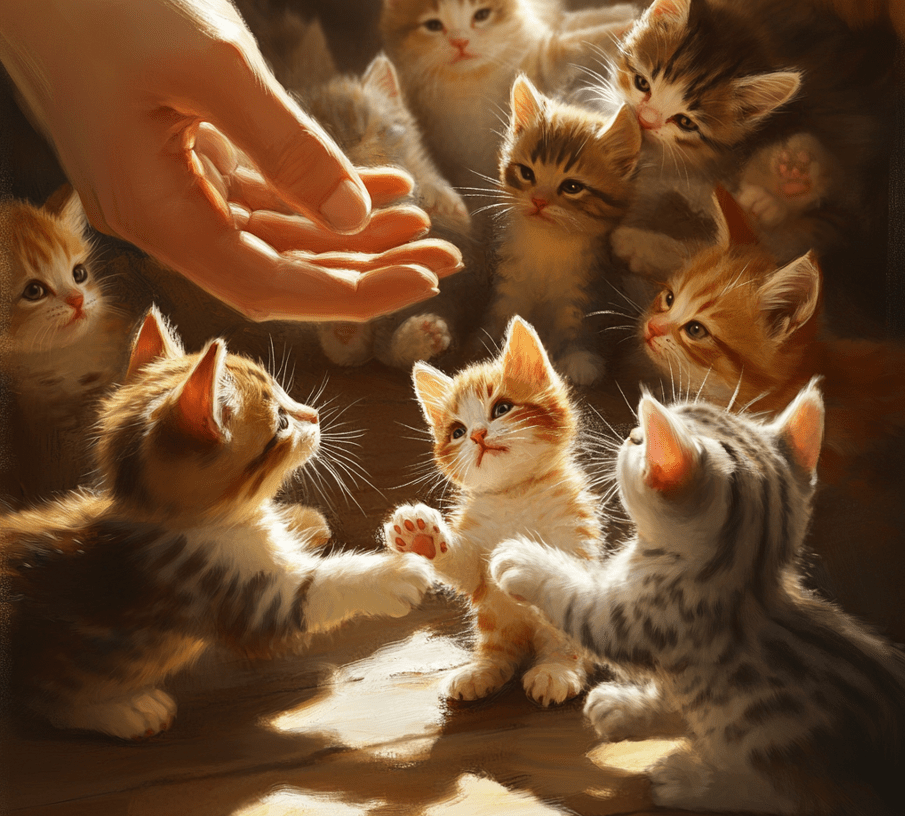
Socialization is a process that takes time to expose cats to different experiences and people, products, places and to build proper demeanor and temperament. This usually starts during the socialization period when the kitten is between two and nine weeks old which is the time that felines are most responsive. Role by play is formed at the given period; positive interactions contribute to the formation of character in the cat. However, socialization is a continuous process up to the adult period; all that is needed is time, gentleness and reward.
Why Is Socialization Important for Cats?
1.Behavioral Development:
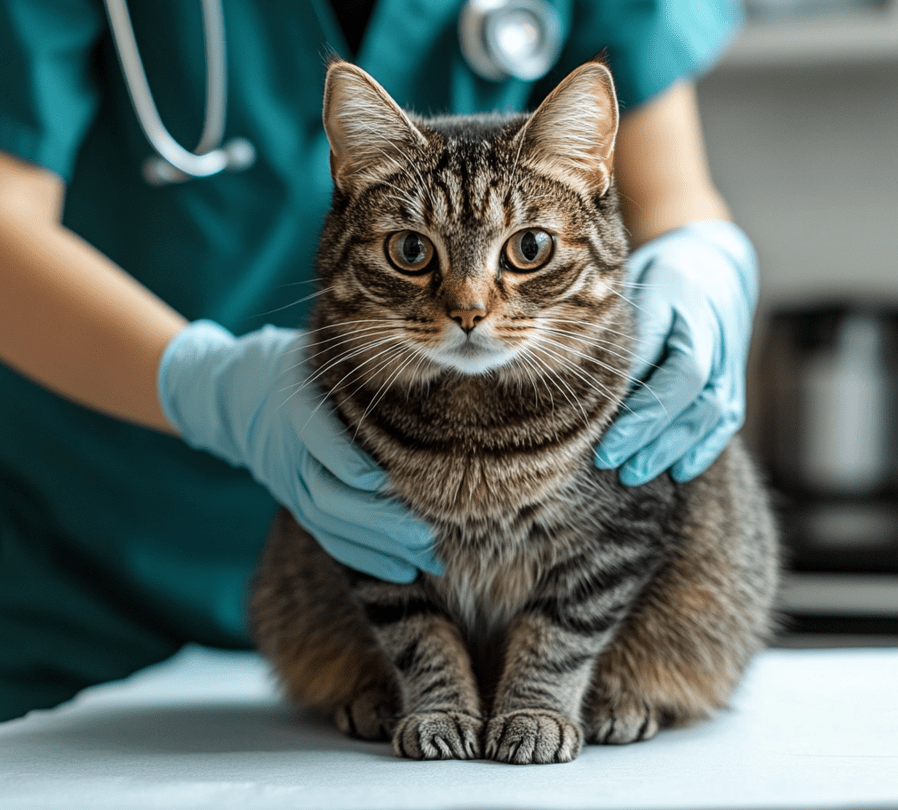
Socialization also assists in avoiding these problems as behavior problems, including aggression, destructive scratching and excessive fear.
In a study done on the effects of stress on cats it was found that those that were relaxed when being groomed and during vet visits became less stressed during these procedures.
2.Emotional Well-being:
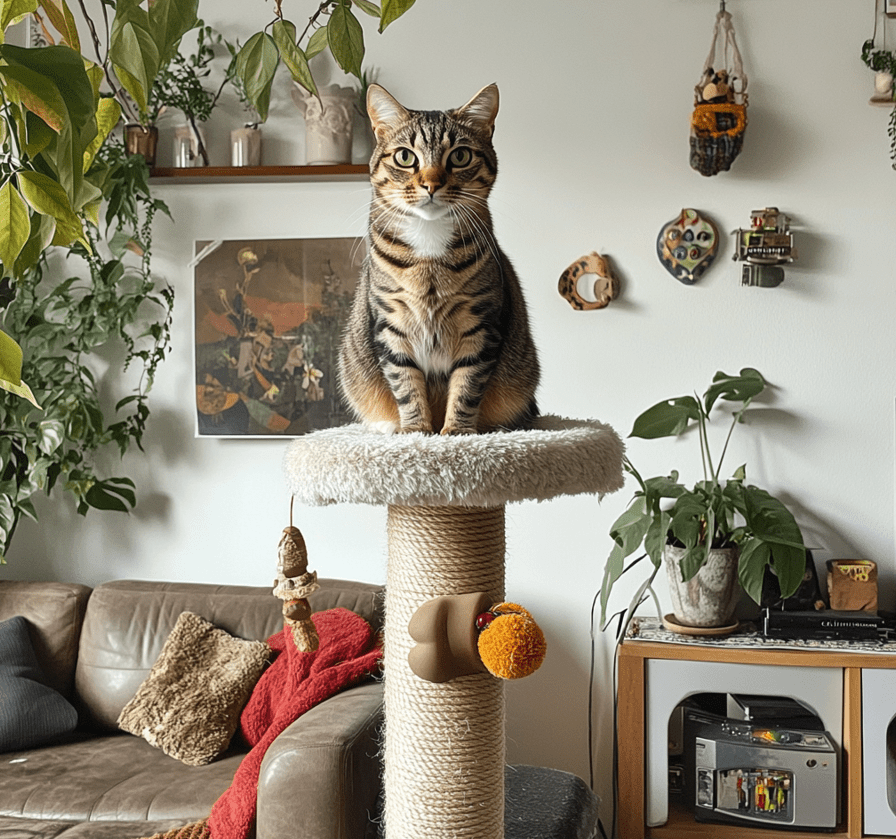
This means that cats that are properly socialized will be systems that are unlikely to stress or anxiety.
They become self-assured and inquisitive thus can hardly be seen engaging in aggressive behaviors mostly prompted by fear.
3.Improved Human-Animal Bond:
Socialized cats rely on the owners more and self -comfort through petting and playing with the owners.
They like to play with those toys that may show emotions which are well received because they foster the cat-owner relationship.
4.Better Adaptability:
Cats therefore can cope well with such stresses as change of residence, new people in the house or other animals.
Socialization helps them come over with a new environment or change in experiences.
5.Health Benefits:
Low stress causes a boost in the immune system of the body.
Because socialized cats are less stressed, they are less likely to suffer from the various stress-related ailments such as urinary tract infections, gastrointestinal upsets and skin disorders.
How to Socialize Kittens
1.Gentle Handling:
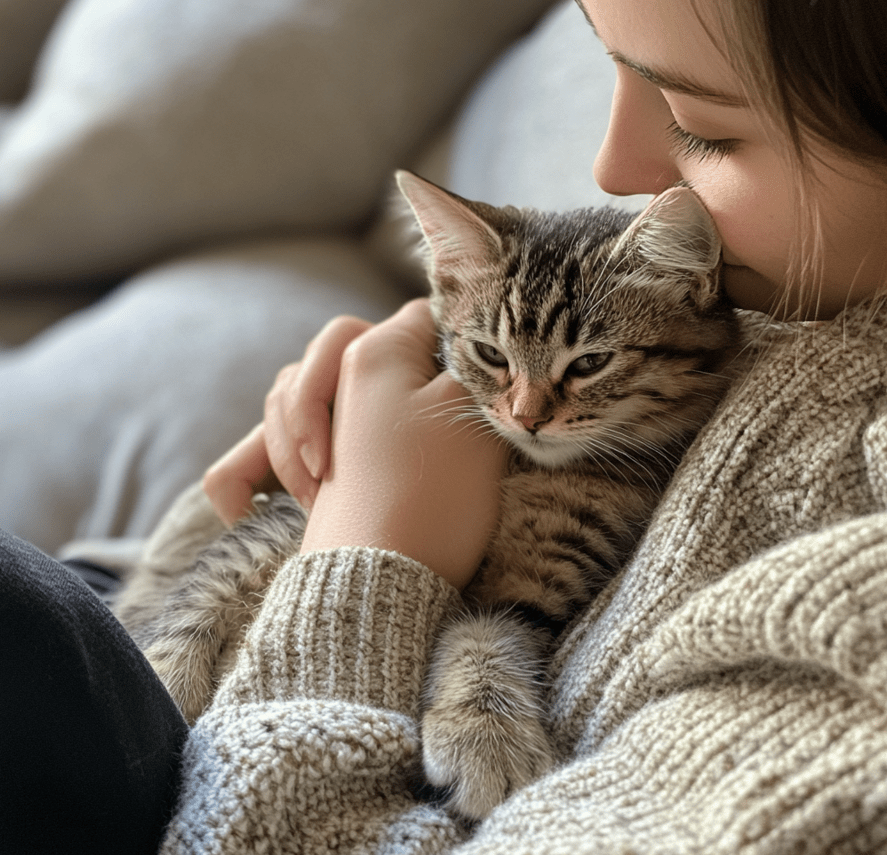
To gain the trust and confidence of the kitten house it often needed to be frequently pet, held and talked to.
2.Exposure to Different People:
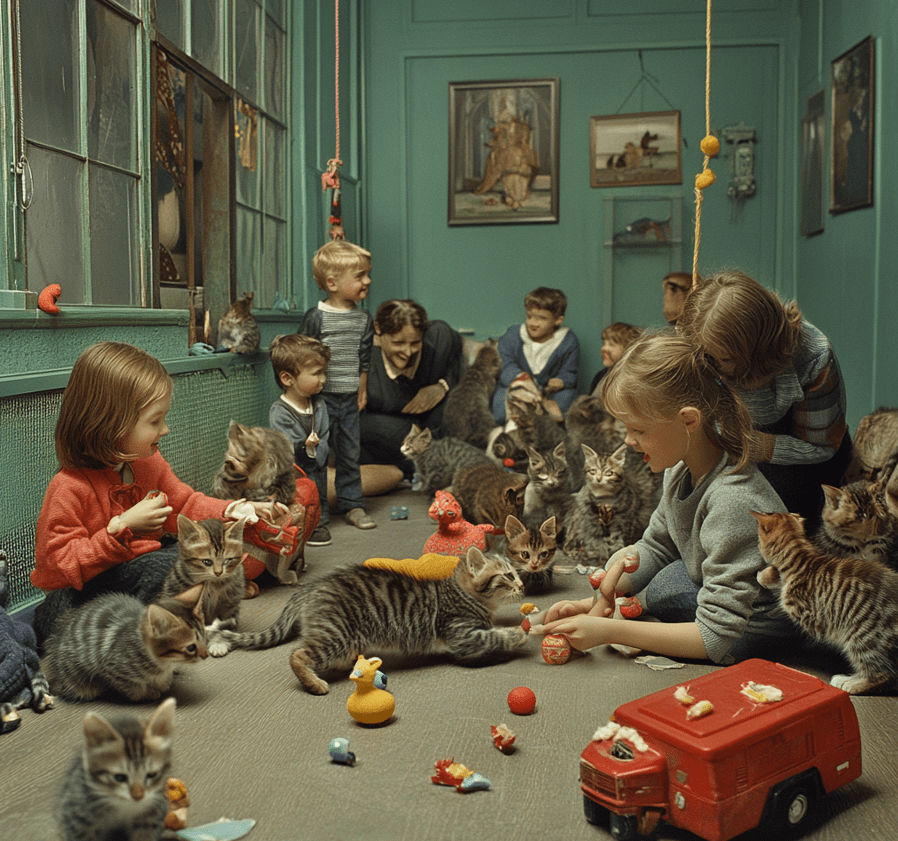
Let kittens play with kids as well as grown-ups but this play should be under controlled conditions.
3.Positive Reinforcement:
Employ food and toys that are enjoyable and verbally encouraging, furthering the right behavior in the dog.
4.Playtime:
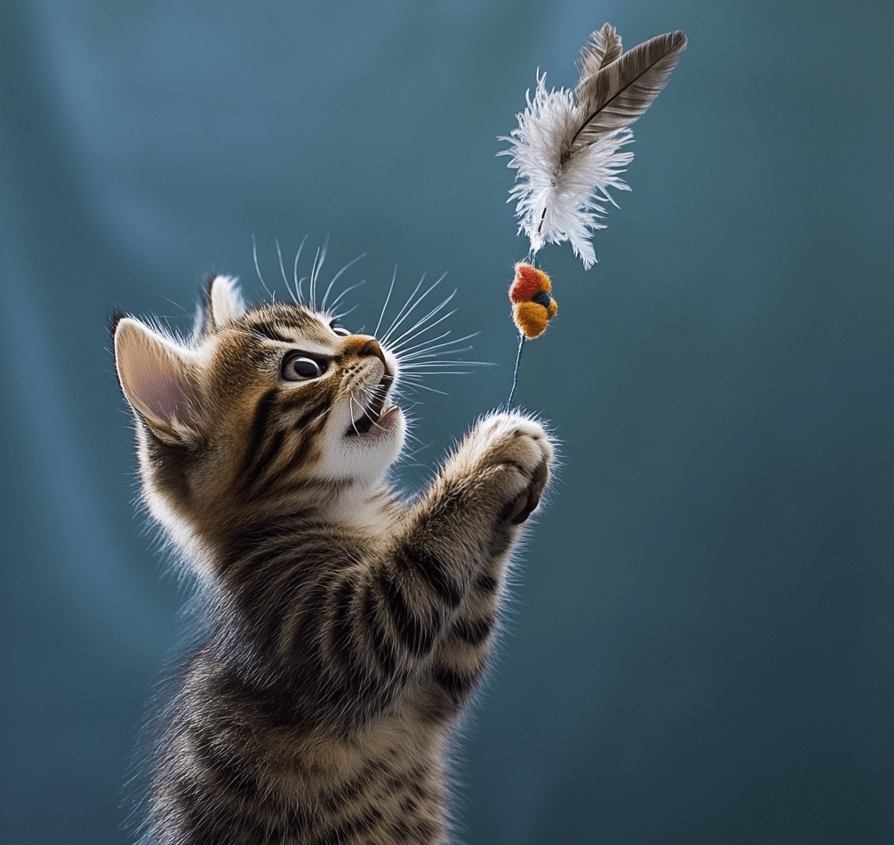
Teach playful interactions with toys, games and various forms of play in order to elaborate fine motor skills and confidence.
5.Environmental Stimulation:
Exposes kittens to what they are likely to encounter once they are taken out of the house such as vacuum cleaners, doorbells, or running water.
6.Interaction with Other Pets:
Ensure they meet other pets on neutral territory and under supervision so as to influence safe interaction with other animals.
Socializing Adult Cats
1.Create a Safe Space:
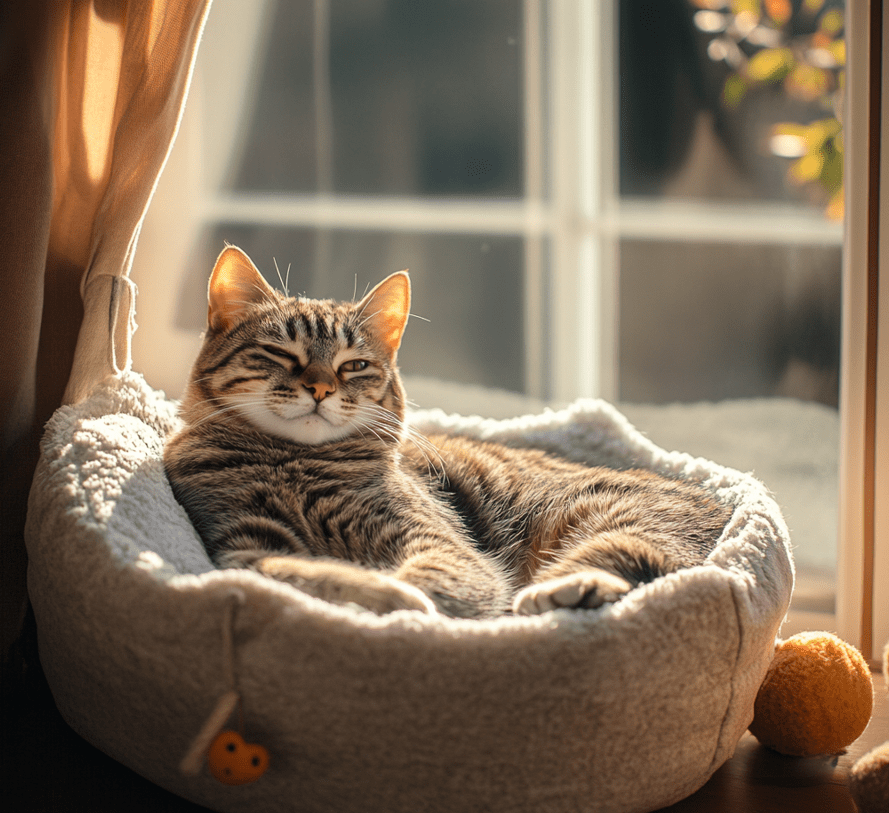
Offer a comfortable place where it will be safe from distractions and other unnecessary interactions during its stay.
2.Build Trust Slowly:
Provide a chance for the cat to get close and avoid forcing it on interaction with other individuals.
3.Use Positive Reinforcement:
Patient positive reinforcement would include using food, gentle touches, and calm voice in encouraging them.
4.Maintain a Routine:
Set a proper feeding and playtime and grooming session in order to reduce the somewhat sensed uncomfortable environment of change.
5.Engage in Interactive Play:
Touch interaction toys involving feathers or wands, balls, and lasers should be used to facilitate play as well as private interaction.
6.Seek Professional Help:
Seek the services of an animal behaviorist if the cat is on the list of persistently behaving problematically beyond your ability to handle.
Some of the Most Prominent Difficulties Noticed in the Process of Socialization
1.Fear and Timidity:
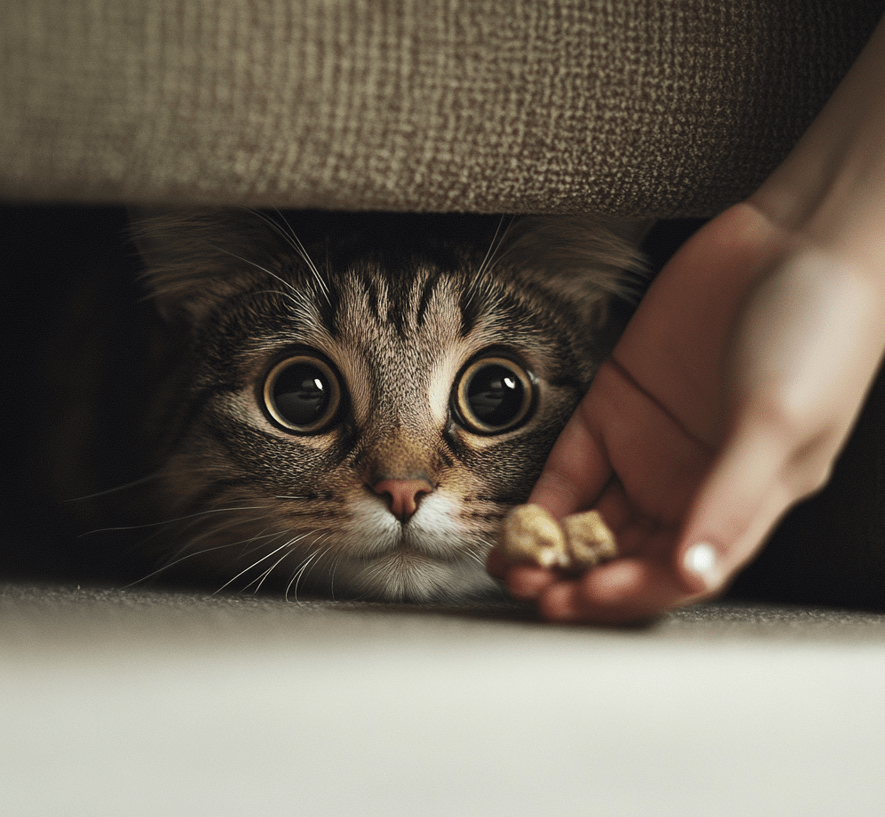
They are mostly as a result of previous abuse/ neglect or absence of prenatal socialization. This must be done progressively using brief and subtle communication.
2.Aggression:
Which may be caused by fear, need to protect the territory, or when being overwhelmed by the environment. Preventing aggressiveness involves two methods; the first one is to determine the signs that cause anger and use techniques that help to reduce angry feelings.
3.Environmental Stress:
Stress may be brought about by events such as moving from one house to another, home renovations, or acquisition of new pets. Offer predictability by enacting needed routines and assuring child safe places.
Strategies for Socialization
1.It takes time to turn somebody around and it’s important to be persistent, and kind.
2.Always talk with confidence in your tone to make the patient become comfortable.
3.Cats do not like anything that they cannot see coming so before making any loud and sudden movements be sure that the cat is aware of your intentions.
4.Use positive reinforcements characterized by treats, toys, and positive word.
5.Do not invade the cat’s territory and allow her to rest whenever necessary.
Globalization is the sole reason that socialization should be extended.
1.Advanced Training:
Use clicker training for high level commands, tricks and to modify behavior.
2.Therapy Cat Potential:
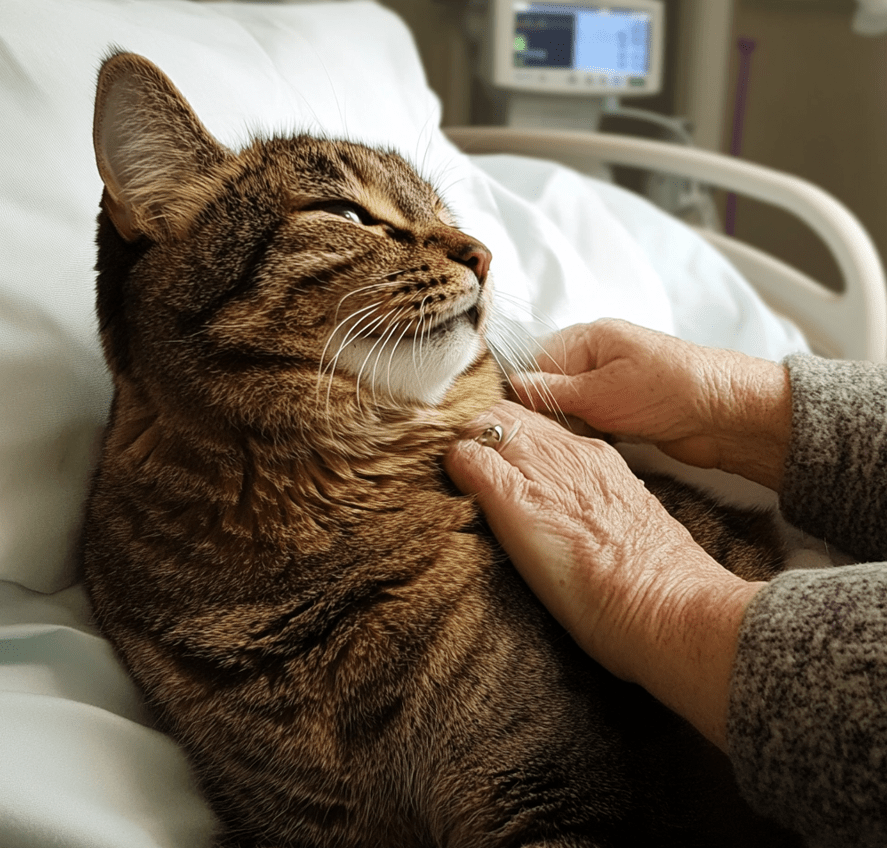
Cats are social animals and friendly cats can be trained and can be taken as therapy animals in hospitals, care homes and therapy centers.
3.Community Involvement:
The cats as well as the community can benefit from volunteering at animal shelters or getting involved in socialization programs.
4.Adventure Cats:
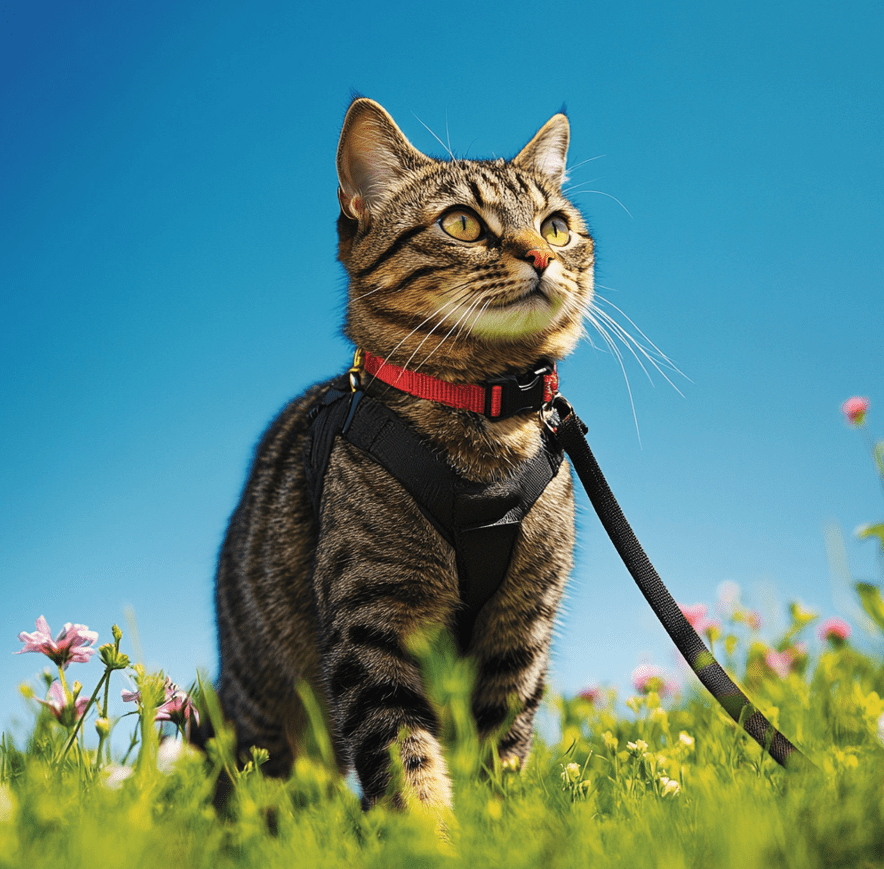
Some cats can go out and have fun with owners who manage to leash train the cat and take them in a controlled environment at first.
5.Enrichment Activities:
Ensure that you give the cat toys that challenge their intellect, games, structures as well as trees for climbing and scratching posts for use.
6.Regular Veterinary Visits:
It should, therefore, be possible to familiarize cats with veterinary environments so that the animals do not get stressed up when being given medical exams.
Conclusion
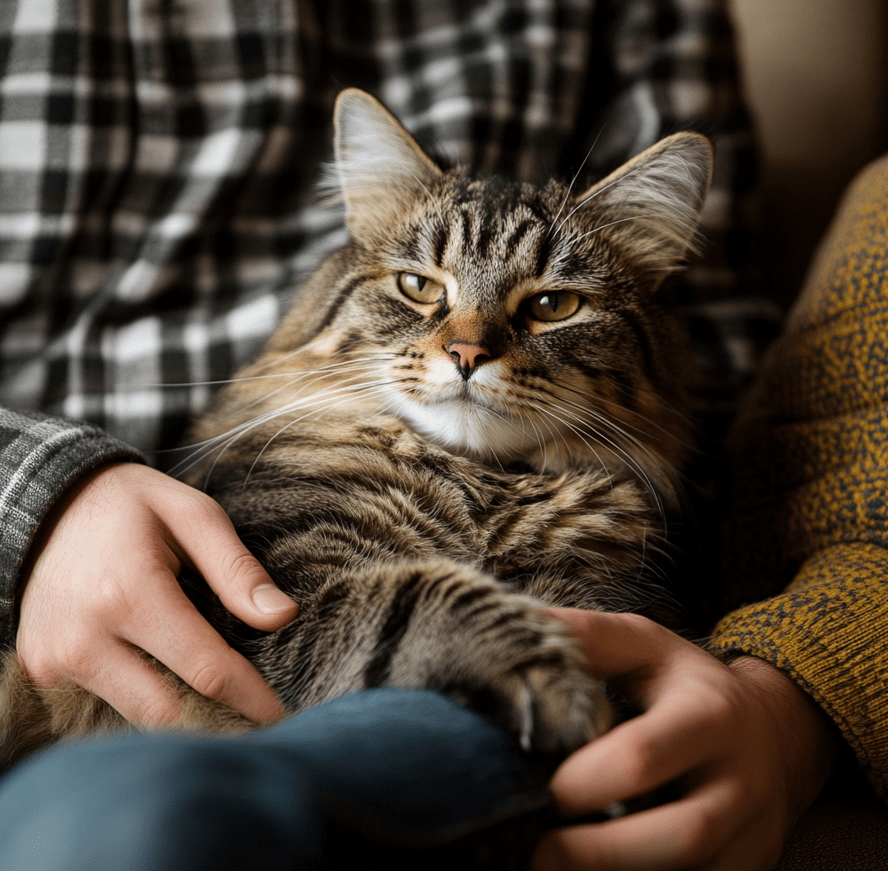
Socialization is beneficial to any cat and should form part of any cat’s social needs. Nurtures positive behavior, emotional wellbeing and good human-animal relationship hence a healthy home environment. Cat owners should take their time and even wait, and shower their feline friends with love, for a happier, healthier and more adaptable pet.

